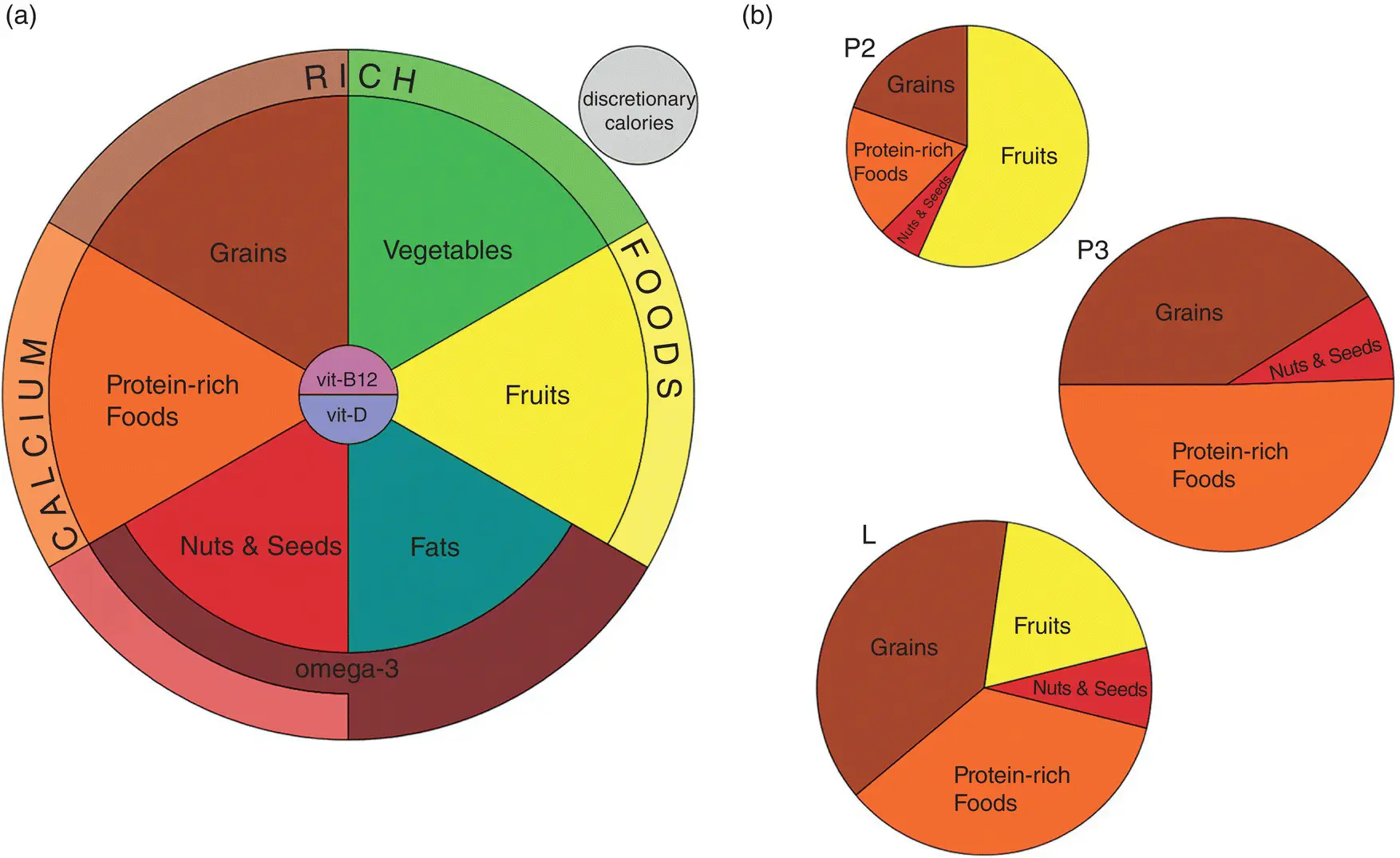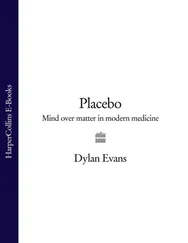The effectiveness of the DASH diet on insulin sensitivity and inflammation has also been investigated in obese women with established polycystic ovary syndrome (PCOS). After 8 weeks of intervention, the subjects assigned to the DASH diet had reduced insulin concentrations and HOMA‐IR as well as high‐sensitivity C‐reactive protein (hs‐CRP), compared to those assigned to the control diet.
Adherence to a DASH dietary pattern could also be beneficial for the prevention of CKD. Several meta‐analyses have revealed a significant inverse correlation between adherence to the DASH diet and risk for the development of CKD. In addition, adherence to a DASH‐style diet is inversely associated with a risk of rapid decline in estimated glomerular filtration rate (eGFR) and microalbuminuria, but not with low eGFR (<60 ml/min/1.73 m 2).
The DASH dietary pattern may also decrease the risk of cancer. In a meta‐analysis of 17 studies, of which 9 assessed the association between the DASH diet and risk of mortality from all cancer types, 4 assessed incidence of colorectal cancer, and 4 evaluated the association with the incidence of other types of cancers (i.e., breast, hepatic, endometrial, and lung cancer), it was found that high adherence to DASH was associated with decreased mortality from all cancer types; individuals with the highest adherence to the DASH diet had a lower risk of developing colorectal cancer compared to those with the lowest adherence.
A detailed description of the DASH dietary model and a sample menu plan can be found in Appendix B.2.
The DASH dietary pattern was developed to normalize BP in patients with hypertension. Many studies since then have confirmed the positive effects of this dietary modality on BP.
The DASH dietary pattern advocates the consumption of fruits, vegetables, and low‐fat dairy products. It incorporates whole grains, poultry, fish, and nuts, while discouraging the consumption of red and processed meat, sweets, and sugary soft drinks.
The combination of the DASH diet with reduced dietary sodium intake holds the potential for further improvement of BP.
The WHO recommends sodium intake below 2000 mg/d (i.e., 5 g/d salt) for management of BP and reduced risk of CVD, stroke, and CHD.
Adherence to the DASH diet, combined with weight management and physical activity, is more beneficial for the risk of hypertension compared to the DASH diet alone.
The DASH diet might also be a good choice for weight management in overweight and obese individuals.
High levels of fiber, vitamins, minerals, trace elements, and phytochemicals found in whole grains, fruit, and vegetables combined with low levels in harmful compounds found in processed meat and sugary beverages may explain the antioxidant, anti‐atherogenic, anti‐inflammatory, antiproliferative, and anti‐tumor properties of the DASH diet.
The DASH dietary pattern has been inversely associated with the risk of CVD, CKD, and several types of cancer.
The DASH dietary pattern has beneficial effects on lipid profile, insulin sensitivity, inflammation, and oxidative stress.
Even modest adherence to the DASH diet has been associated with a lower risk of all‐cause mortality, while higher adherence to the diet appears to strengthen this risk‐reducing association.
Self‐Assessment Questions
1 What is the main goal of the DASH dietary pattern?
2 Fill in the blanks:A typical serving guide of the DASH diet includes:Vegetables: __________________________Fruit: _______________________________Grain and grain products: _________________________Low‐fat dairy products: ___________________________Lean meat products: _____________________________Nuts and seeds: _________________________________Fat and oils: ____________________________________
3 According to the WHO, what is the current recommendation for sodium intake?
4 Apart from the positive effects on hypertension, list other beneficial effects on health when following the DASH dietary pattern.
A vegetarian diet is a dietary pattern based predominantly on plant‐origin products. Vegetarians exclude all kinds of meats (including fowl) and products containing meat from their diet. The most common types of vegetarian diets are: (i) vegan diets, devoid of all flesh foods (such as meat, poultry, seafood, and all animal products); (ii) ovovegetarian, vegan plus eggs; (iii) pesce‐vegetarian, vegan plus fish and seafood; (iv) lacto‐vegetarian, vegan plus dairy products; and (v) various combinations of the above (lacto‐ovo‐vegetarian, ovo‐pescevegetarian). Cereals, vegetables, fruit, legumes, and seeds are common foods to the various types of vegetarian diets. In the recently defined flexitarian or semi‐vegetarian diet, the person follows a primarily but not strictly vegetarian diet and occasionally eats meat or fish.
An individual chooses to adopt a vegetarian diet for several reasons, including the desire to protect the environment and animal welfare; ethical issues of world hunger and specific religious doctrines; and to prevent or mitigate chronic diseases. Results from several epidemiological studies suggest that vegetarian diets have a lower carbon footprint, meaning that they contribute less greenhouse gas emissions compared to diets including meat, making this dietary choice a more environmentally friendly type of a diet.
Vegetarian diets have a lower carbon footprint.
Several national organizations and governments have published food guidelines for vegetarians. In 2013, a dietary pyramid illustrating the principles of the vegetarian diet was created by the Oldways Preservation Trust, which was a collaboration with scientists from several universities, including Harvard and Loma Linda University. In 2018, the VegPlate, a new Mediterranean diet‐based vegetarian food guide, was developed, based on the Italian Dietary Reference Intakes. The VegPlate contains six major food groups: grains, protein‐rich foods, vegetables, fruits, nuts and seeds, and fats ( Figure 6.1). Recommendations for specific populations, such as women in pregnancy or lactation, are also included in the VegPlate.

FIGURE 6.1 (a) Basic structure of the VegPlate, which is the same for adults and for pregnancy and lactation. (b) Small plates are added to the main VegPlate for pregnancy and lactation during the second (P2) and third (P3) trimesters of pregnancy and lactation (L).
Source:Reprinted from Baroni et al. (2018).
A well‐planned vegetarian diet, containing a variety of foods and food groups such as vegetables, fruits, whole grains, legumes, nuts, and seeds, can provide adequate nutrition. In 2009, the American Dietetic Association (ADA) published a position statement regarding the nutrient adequacy and safety of a vegetarian diet:
It is the position of the American Dietetic Association that appropriately planned vegetarian diets, including total vegetarian or vegan diets, are healthful, nutritionally adequate, and may provide health benefits in the prevention and treatment of certain diseases. Well‐planned vegetarian diets are appropriate for individuals during all stages of the lifecycle, including pregnancy, lactation, infancy, childhood, and adolescence, and for athletes.
However, more recent data support the notion that the risk of specific nutrient deficiencies is real, especially in those following a vegan diet. Therefore, vegans must regularly consume sources of vitamin B 12and D, omega‐3 fatty acids, Ca, iodine, iron, and zinc, such as fortified foods or supplements – otherwise they may become deficient in these nutrients. Recent data support that not only vegans but also lacto‐ovo‐vegetarians are at risk of developing B 12deficiency, and thus all vegetarians could benefit from B 12supplementation.
Читать дальше













